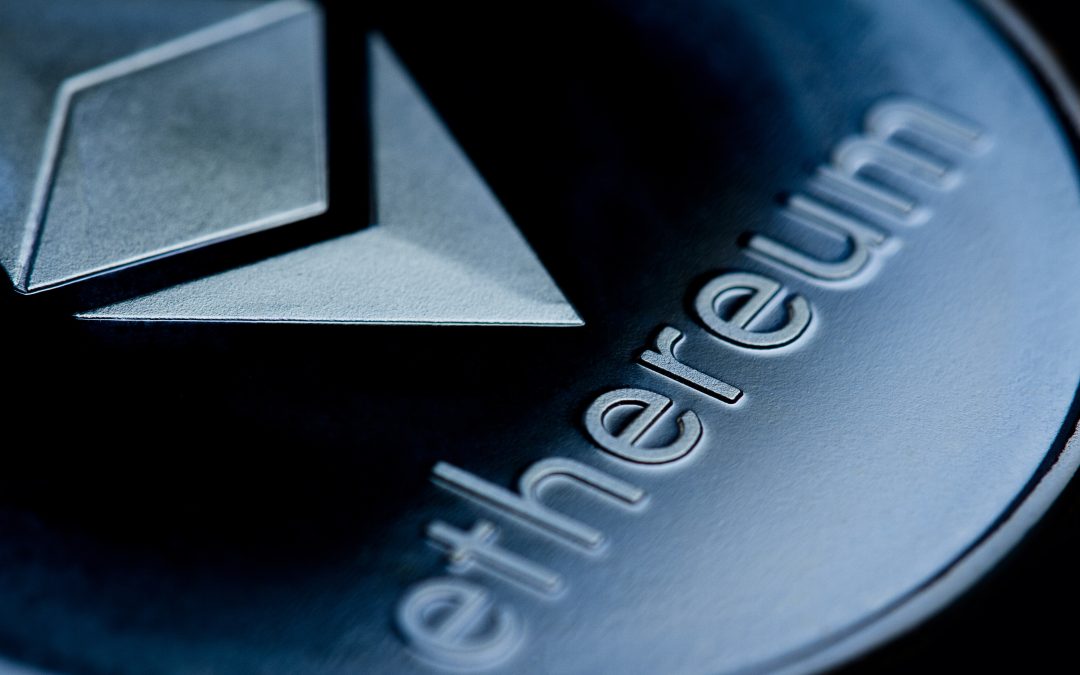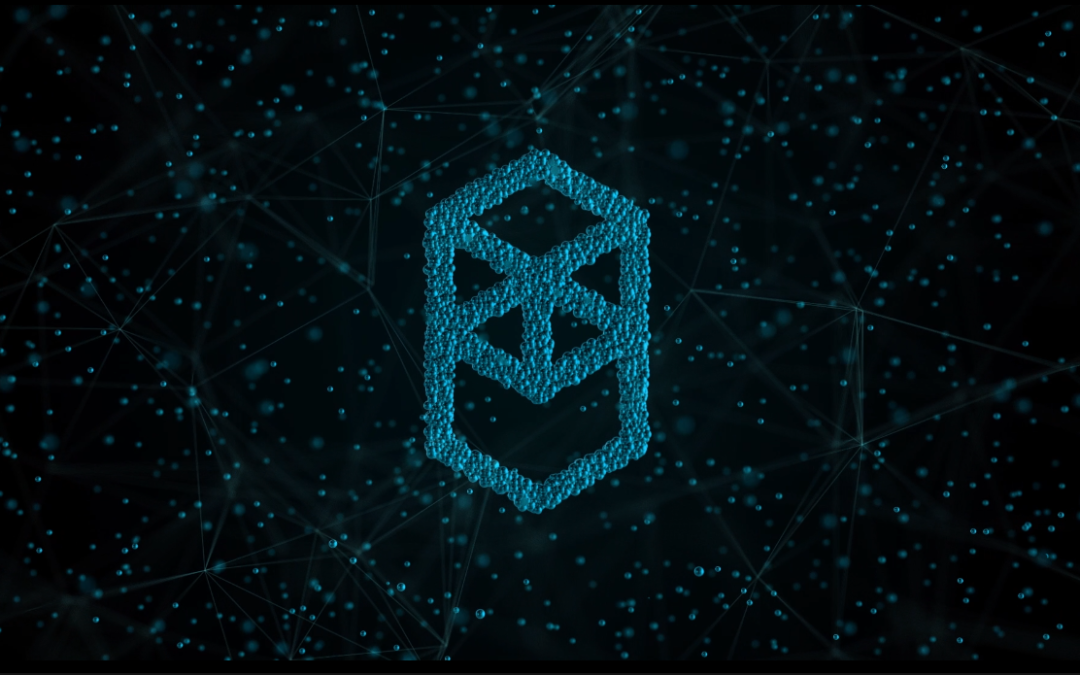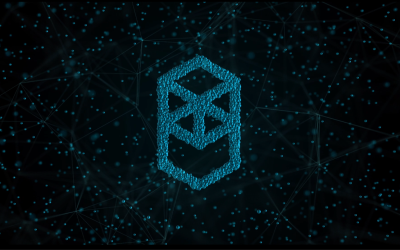April 15, 2023

Solana (SOL) is a blockchain-based platform that is designed to provide fast and secure transactions. It is one of the most promising cryptocurrencies in the market today, offering a range of features that make it stand out from other platforms. Solana is designed to be scalable, making it ideal for large-scale applications that require high throughput and low latency.
The Solana network is built on a revolutionary new architecture that is designed to overcome some of the key challenges facing other blockchain platforms. The platform uses a unique consensus mechanism called Proof of History (PoH), which allows it to process transactions faster and more efficiently than other platforms. This makes it an attractive option for developers who are looking to build decentralized applications that require fast and secure transactions.
One of the key benefits of Solana is its low transaction fees. Unlike other platforms that charge high fees for every transaction, Solana’s fees are very low, making it an affordable option for developers and users alike. Additionally, Solana is designed to be highly secure, with robust encryption and other security features that ensure the safety and integrity of transactions on the platform.
What is Solana?
Solana is a high-performance blockchain platform that is designed to be fast, secure, and scalable. It was created to address the scalability issues that many other blockchain platforms face, such as slow transaction speeds and high fees. Solana uses a unique combination of technologies to achieve its performance goals, including a proof-of-stake consensus mechanism, a revolutionary new transaction processing system, and advanced cryptography.
The Basics
Solana is a decentralized blockchain platform that allows developers to create and deploy decentralized applications (dApps) and smart contracts. It is built on a proof-of-stake consensus mechanism, which means that transactions are validated by network participants who hold a stake in the platform. This makes the network more secure and efficient than traditional proof-of-work systems.
How Does Solana Work?
Solana uses a unique transaction processing system called the Solana Transaction Processing System (STPS), which is designed to be highly parallelized and scalable. This system allows Solana to process thousands of transactions per second, which is orders of magnitude faster than other blockchain platforms. STPS achieves this by breaking transactions into smaller pieces and processing them in parallel across multiple nodes in the network.
Why Use Solana?
Developers choose Solana because of its speed, scalability, and low transaction fees. Solana’s high performance makes it well-suited for applications that require fast transaction processing, such as decentralized finance (DeFi) applications, gaming platforms, and social networks. Solana’s low transaction fees make it an attractive option for developers who want to build cost-effective applications that can scale to millions of users.
Key Features
Some of the key features of Solana include:
- High transaction throughput: Solana can process thousands of transactions per second, making it one of the fastest blockchain platforms in the world.
- Low transaction fees: Solana’s transaction fees are much lower than other blockchain platforms, making it an attractive option for developers who want to build cost-effective applications.
- Scalability: Solana is designed to be highly scalable, which means that it can handle large volumes of transactions without slowing down.
- Security: Solana’s proof-of-stake consensus mechanism makes the network more secure and efficient than traditional proof-of-work systems.
History of Solana
Founding and Early Development
Solana was founded in 2017 by Anatoly Yakovenko, a former engineer at Qualcomm. Yakovenko was inspired to create Solana after experiencing the scalability issues of other blockchain platforms like Bitcoin and Ethereum. He wanted to create a blockchain that could handle high transaction volumes without sacrificing decentralization. Yakovenko’s solution was to create a new consensus mechanism called Proof of History (PoH). PoH is a way of timestamping transactions that allows nodes to verify the order of transactions without having to process them in real-time. This allows Solana to achieve high transaction speeds without sacrificing security. After developing the PoH mechanism, Yakovenko and his team began building out the Solana blockchain. They launched the Solana testnet in 2018 and the mainnet in 2020.
Key Milestones
Since its launch, Solana has achieved several key milestones. In 2021, Solana’s native cryptocurrency, SOL, reached an all-time high of over $200. The platform has also gained significant adoption, with several high-profile projects launching on Solana, including the decentralized exchange Serum and the NFT marketplace Solible. Solana has also attracted significant investment. In March 2021, Solana raised $40 million in a funding round led by Andreessen Horowitz. This was followed by a $314 million funding round in June 2021, which was led by Polychain Capital. Overall, Solana’s history is one of rapid growth and innovation. With its unique PoH consensus mechanism and fast transaction speeds, Solana has quickly become one of the most promising blockchain platforms on the market.
Solana’s Ecosystem
Solana’s ecosystem is composed of various components that work together to create a high-speed, low-cost blockchain network. In this section, we will explore the different sub-components of Solana’s ecosystem, including its native token, wallets, and DApps and projects.
Solana’s Native Token (SOL)
SOL is Solana’s native token and is used to pay for transaction fees on the network. It is also used for staking, governance, and as a medium of exchange. According to CoinMarketCap, SOL is currently ranked among the top 10 cryptocurrencies by market capitalization.
SOL’s value has been on the rise due to the increasing popularity of Solana’s ecosystem. As of April 15, 2023, SOL’s price is $285.17, with a market cap of $102,423,968,391.
Solana’s Wallets
Solana has several wallets that support its native token, SOL, and other tokens built on its network. Some of the popular wallets include:
These wallets provide users with a secure and user-friendly interface to manage their SOL and other tokens on the network.
Solana’s DApps and Projects
Solana’s ecosystem is home to several decentralized applications (DApps) and projects that are built on its network. Some of the popular DApps and projects include:
| DApp/Project | Description |
|---|---|
| Audius | A decentralized music sharing platform |
| Orca | A decentralized exchange (DEX) for Solana-based tokens |
| Raydium | A DEX aggregator and liquidity provider |
| StepN | A decentralized social network and marketplace |
These DApps and projects provide users with various functionalities, including trading, staking, and content sharing, among others.
Search the official Solana ecosystem directory here.
How to Buy and Store Solana
Buying SOL
There are several steps to buying SOL:
- Choose a Crypto Exchange: Solana is listed on many popular crypto exchanges, including Coinbase, Binance, and Kraken. Choose a reputable exchange that is available in your region and offers SOL trading pairs.
- Create an Account: Once you have chosen an exchange, create an account and complete the necessary verification steps.
- Deposit Funds: To buy SOL, you will need to deposit funds into your exchange account. Most exchanges support deposits via bank transfer, credit card, or debit card.
- Place an Order: Once your funds are in your exchange account, you can place an order to buy SOL. You can either place a market order at the current market price or a limit order at a specific price.
- Withdraw SOL: After your order is filled, you can withdraw your SOL to a wallet of your choice.
Storing SOL
There are several options for storing SOL:
- Hardware Wallet: The safest way to store your SOL is using a hardware wallet, such as Ledger or Trezor. These wallets store your private keys offline, making them less vulnerable to hacking or theft. However, they can be more expensive than other storage methods.
- Software Wallet: A software wallet is a digital wallet that can be accessed via a computer or mobile device. Popular software wallets for SOL include Coinomi and Trust Wallet. While they are more convenient than hardware wallets, they can be less secure.
- Exchange Wallet: If you plan to trade your SOL frequently, you may choose to store it in your exchange wallet. However, exchange wallets are generally less secure than hardware or software wallets and are more vulnerable to hacking or theft.
It is important to keep your SOL in a secure wallet and to never share your private keys with anyone. Always do your own research and choose a reputable exchange and wallet provider.
Future of Solana
Upcoming Developments
Solana has several upcoming developments that could further enhance its functionality and attract more users. One of the most significant developments is the upcoming launch of Wormhole, a cross-chain bridge that will allow users to transfer assets between Solana and other blockchains such as Ethereum and Binance Smart Chain. This will increase Solana’s interoperability and expand its reach to a wider user base. Moreover, Solana is also working on improving its smart contract capabilities. The Solana Foundation has allocated $20 million to fund projects that will enhance the platform’s smart contract ecosystem. This initiative will attract more developers to build on Solana and create innovative decentralized applications.
Potential Challenges
Despite its impressive growth, Solana faces potential challenges that could hinder its progress. One of the main challenges is the scalability issue. As more users join the platform, the network’s throughput could slow down, resulting in longer transaction times and higher fees. Solana’s team is aware of this issue and is working on improving the platform’s scalability through various initiatives such as the launch of Wormhole. Another potential challenge is regulatory scrutiny. As cryptocurrencies gain more mainstream adoption, governments around the world are starting to regulate the industry. Solana’s team is working closely with regulators to ensure that the platform complies with all relevant laws and regulations.
Expert Opinions
Experts are optimistic about the future of Solana. According to Changelly, Solana has the potential to reach $37.84 by the end of 2023 and $118.71 by 2025. The platform’s fast transaction speeds and low fees make it an attractive option for developers and users alike. In addition, Solana’s partnerships with major companies such as Chainlink and Serum have further solidified its position in the industry. These partnerships have allowed Solana to integrate with other blockchain projects and expand its reach. In conclusion, Solana has a promising future with several upcoming developments and partnerships that could further enhance its functionality and attract more users. However, the platform also faces potential challenges such as scalability and regulatory scrutiny that must be addressed to ensure its long-term success.
Conclusion
Solana (SOL) is a promising blockchain platform that offers fast and secure transactions, making it an attractive option for developers and users alike. Its unique architecture, including the Proof of History (PoH) consensus mechanism, allows it to overcome scalability issues faced by other blockchain platforms. Solana’s low transaction fees, scalability, and security features make it well-suited for applications such as decentralized finance (DeFi), gaming platforms, and social networks. With its rapidly growing ecosystem and significant milestones achieved, Solana is poised to become one of the most innovative and promising blockchain platforms on the market.
Please note that the information provided above is for educational purposes only and should not be considered financial advice. Any investment decisions should be made after conducting thorough research and consulting with a financial advisor.
lATEST UPDATES:

What is Ethereum? A Comprehensive Guide
Ethereum is a decentralized blockchain platform that enables developers to build and deploy decentralized applications (dApps) and smart contracts. Launched in 2015, Ethereum is the second largest cryptocurrency by market capitalization after Bitcoin. The platform is...

What is the Fantom Network? A Comprehensive Overview
The Fantom Network is a high-performance, open-source smart contract platform for digital assets and decentralized applications (dApps). It is designed to address the limitations of previous blockchain platforms, such as slow transaction speeds and high fees, by...
Related Articles
What is Ethereum? A Comprehensive Guide
Ethereum is a decentralized blockchain platform that enables developers to build and deploy decentralized applications (dApps) and smart contracts. Launched in 2015, Ethereum is the second largest cryptocurrency by market capitalization after Bitcoin. The platform is...
What is the Fantom Network? A Comprehensive Overview
The Fantom Network is a high-performance, open-source smart contract platform for digital assets and decentralized applications (dApps). It is designed to address the limitations of previous blockchain platforms, such as slow transaction speeds and high fees, by...


